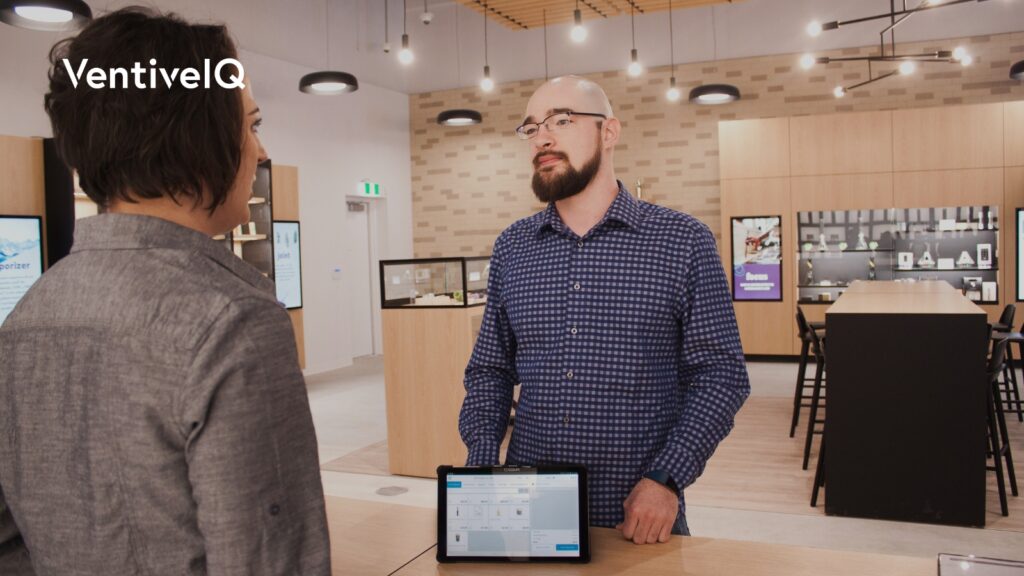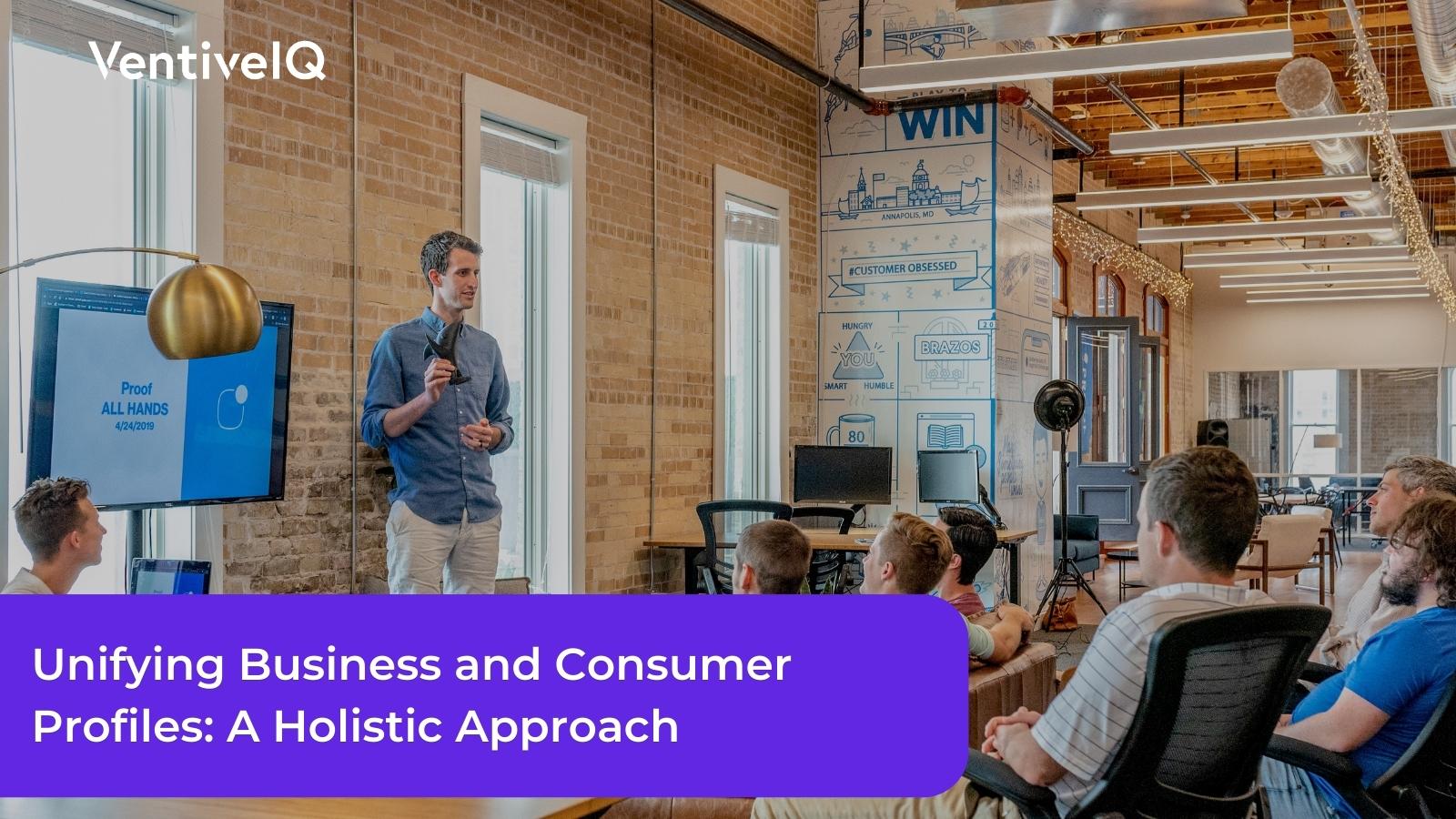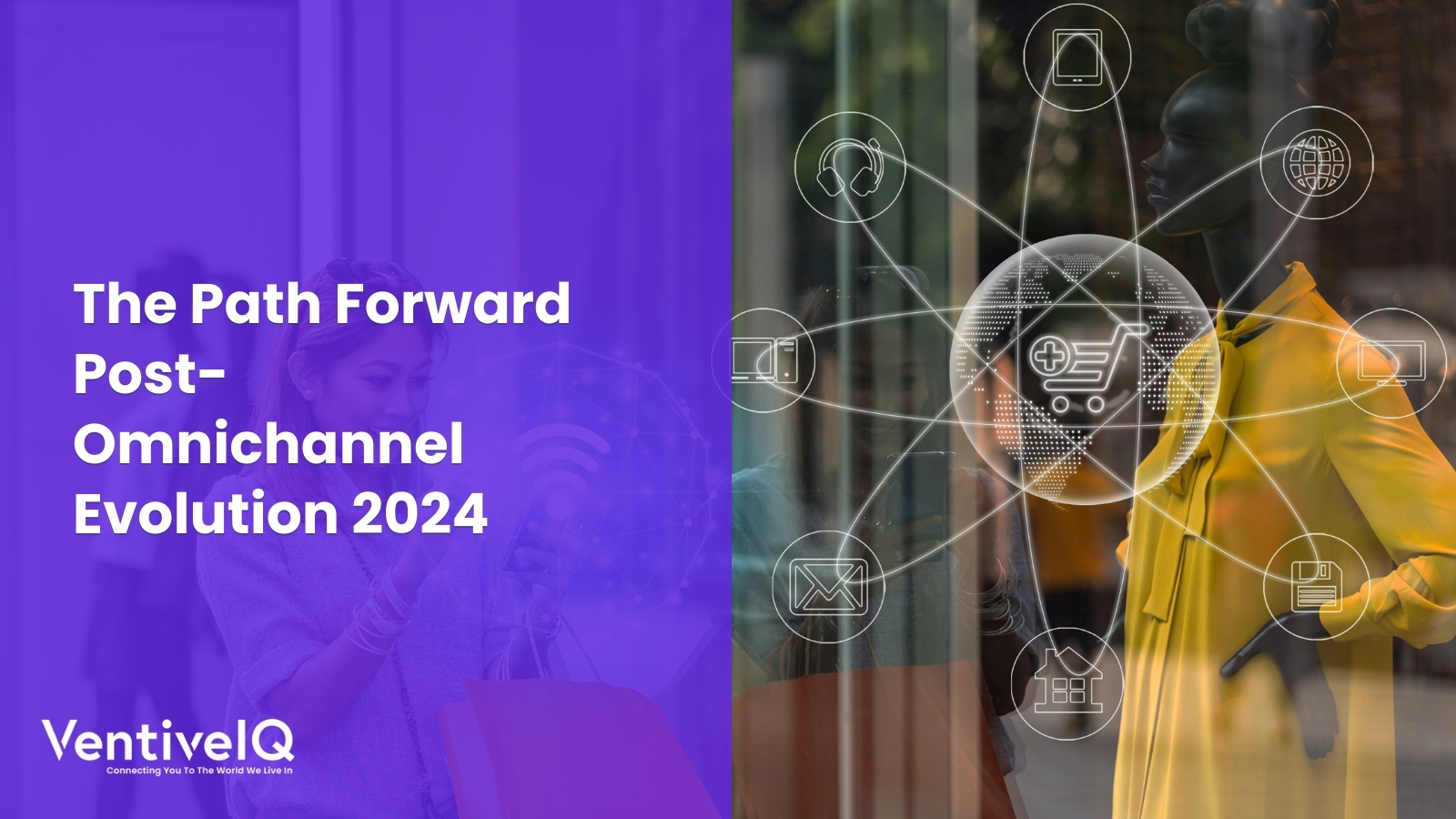Overview
Unifying business profiles and consumer profiles is the process of bringing together all the data you have about your customers, regardless of where it’s stored or how it was collected. This gives you a single, comprehensive view of each customer, which can be used to improve your marketing, sales, and customer service efforts.

There are many benefits to unifying business and consumer profiles, including:
-
- Improved customer understanding: A unified view of your customers gives you a deeper understanding of their needs, wants, and preferences. This information can be used to create more personalized and relevant marketing campaigns, as well as provide better customer service.
- Increased ROI: By targeting your marketing campaigns more effectively, you can increase your ROI. You can also reduce customer acquisition costs by identifying and targeting your most valuable customers.
- Better decision-making: A unified view of your customers can help you make better decisions about your business. For example, you can use this information to identify new market opportunities, develop new products or services, and improve your pricing strategy.
Understanding the Disconnect
Traditionally, businesses have maintained separate profiles for their customers and their internal operations. This disconnect often leads to missed opportunities and ineffective marketing strategies. Companies struggle to bridge the gap between their business and consumer profiles, resulting in fragmented customer experiences and suboptimal decision-making.
The Power of Unification
A holistic approach to unifying business and consumer profiles enables companies to have a comprehensive view of their customers. By integrating data from multiple touchpoints, such as online transactions, customer service interactions, and social media engagements, businesses can develop a 360-degree perspective of their consumers. This unified profile allows for a deeper understanding of customer preferences, behaviors, and needs.
Personalization for Enhanced Customer Experience
With a holistic view of their customers, businesses can deliver highly personalized experiences. By leveraging insights from both business and consumer profiles, companies can tailor their products, services, and marketing messages to meet individual customer expectations. Personalization enhances customer satisfaction, drives loyalty, and ultimately leads to increased sales and revenue.

Improved Operational Efficiency
Unifying business and consumer profiles not only benefits customer-facing aspects but also improves operational efficiency. By integrating data from various sources, companies can identify process bottlenecks, streamline operations, and optimize resource allocation. This holistic approach empowers businesses to make data-driven decisions, reducing costs and improving overall performance.
See more: How to use data to make better decisions
Enhanced Targeted Marketing
When business and consumer profiles are unified, marketers gain a more accurate understanding of their target audience. By segmenting customers based on shared characteristics and preferences, companies can create more effective marketing campaigns. This targeted approach saves time and resources, maximizing the return on investment for marketing efforts.
Data Security and Privacy Considerations
While the benefits of unifying business and consumer profiles are significant, it is crucial to prioritize data security and privacy. Companies must comply with relevant regulations, such as the General Data Protection Regulation (GDPR) in the European Union and the California Consumer Privacy Act (CCPA) in the United States. Implementing robust data protection measures and obtaining explicit customer consent is essential to maintain trust and safeguard sensitive information.
To be successful, businesses need to take a holistic approach to unifying business and consumer profiles. This means collecting and storing customer data and using that data to create detailed profiles and personalized marketing campaigns. By taking a holistic approach, businesses can gain a competitive advantage and improve their bottom line.
Here are some additional benefits of unifying business and consumer profiles:
-
- Improved customer service: When businesses have a complete view of their customers, they can provide better customer service. As a result, this can foster greater customer loyalty and encourage repeat business from satisfied customers.
- Increased sales: When businesses target their marketing messages to their ideal customers, they can increase sales. Consequently, this can result in elevated revenue and improved profitability for the business.
- Reduced costs: When businesses can track customer interactions across different channels, they can reduce the costs of marketing and customer service.

There are several ways to unify business and consumer profiles. One approach is to use a customer relationship management (CRM) system. CRM systems can help businesses to store and manage customer data in a centralized location. This makes it easier for businesses to access and use customer data to create detailed profiles.
Challenges to unifying business and consumer profiles
There are several challenges to unifying business and consumer profiles, including:
-
- Data silos: Many businesses have data scattered across different systems and departments. This can make it difficult to bring all this data together into a single view.
- Data quality: The quality of your data can have a big impact on the accuracy of your unified profiles. It’s important to make sure that your data is clean and up to date before you start unifying it.
- Compliance: You need to make sure that you’re compliant with all applicable data privacy laws when you’re unifying business and consumer profiles.
Despite the challenges, unifying business and consumer profiles can be a valuable undertaking for businesses of all sizes. By taking the time to do it right, you can gain a deeper understanding of your customers and improve your marketing, sales, and customer service efforts.

Best practices for unifying business and consumer profiles
Businesses can unlock the full potential of unified profiles, enabling personalized experiences, informed decision-making, and long-term customer relationships. Here are some of the best practices for unifying business and consumer profiles:
-
- Start with a clear understanding of your goals: What do you hope to achieve by unifying your profiles? Once you know your goals, you can start to identify the data you need to collect and the systems you need to integrate.
- Use a customer data platform (CDP): A CDP can help you unify your data from different sources and create a single view of your customers.
- Clean and normalize your data: Before you start unifying your profiles, you need to make sure that your data is clean and normalized. This means removing duplicate records, correcting errors, and standardizing the format of your data.
- Use machine learning and AI: Machine learning and AI can help you identify patterns in your data and make predictions about your customers’ behavior. This information can be used to improve your marketing campaigns and customer service efforts.
- Protect your customers’ privacy: It’s important to protect your customers’ privacy when you’re unifying their profiles. Make sure that you’re compliant with all applicable data privacy laws.
Conclusion
In an increasingly data-driven business landscape, a holistic approach to unifying business and consumer profiles is paramount. By integrating data from various sources, businesses can gain valuable insights, enhance customer experiences, and optimize their operations. Embracing this approach enables companies in the United States to stay ahead of the competition, foster long-term customer relationships, and achieve sustainable growth in the digital age.



